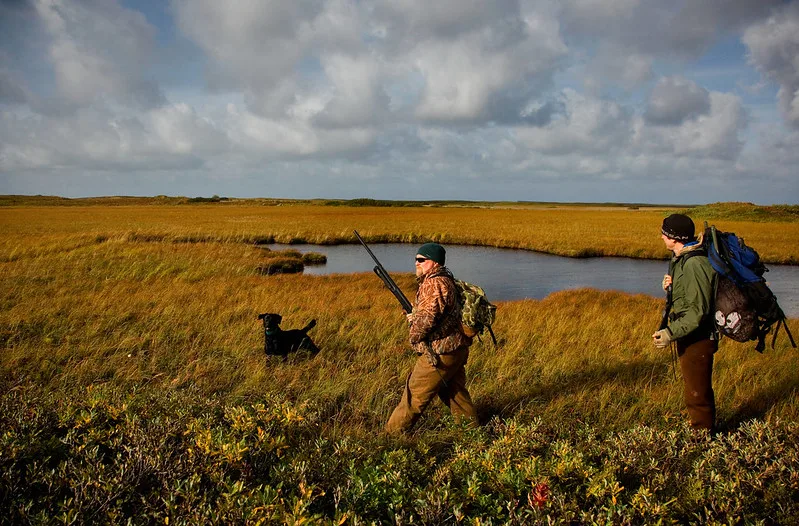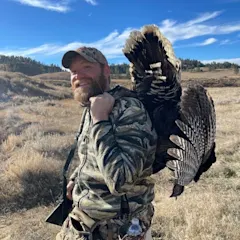The United States Fish & Wildlife Service (USFWS) is gearing up to create new hunting and fishing opportunities on some 211,000 acres across 9 states, the agency said in an August 1 press release. While the move will create "53 new distinct hunting and sportfishing opportunities," the use of lead tackle and ammunition will be banned in all of the newly established areas, according to the release.
The refuges include Kentucky, Louisiana, Nebraska, North Dakota, Texas, South Carolina, Washington, West Virginia, and Wisconsin. A full list of expanded hunting and fishing areas is available here, but notable opportunities include elk hunting on more than 130,000 acres in North Dakota, additional fishing opportunities at the Horicon National Wildlife Refuge in Wisconsin, turkey hunting on 70,000-plus acres in north-central Nebraska, waterfowling in Kentucky, and incidental take for wild hogs on refuges in Louisiana and Texas.
“Hunting and fishing are traditional recreational activities deeply rooted in America’s heritage. Today, nearly 80 percent of Service stations offer hunting and fishing access that helps boost local economies and connects people with nature,” said Service Director Martha Williams. “We are pleased to expand access and offer new opportunities that are compatible with National Wildlife Refuge System purposes and are committed to responsibly manage wildlife health and these areas for the benefit of future generations.”
Backcountry Hunters & Anglers (BHA) applauded the USFWS's upcoming expansion, but the conservation group also criticized the agency's ban of lead ammo in the newly-established hunting areas. “BHA advocates for decisions about the use of non-lead ammunition and fishing tackle to be voluntary and incentive-based in the absence of a scientific determination that demonstrates direct and significant impacts to fish and wildlife populations,” said BHA CEO Patrick Berry. “Blanket prohibitions on the use of lead should be imposed only when circumstances clearly demand them, as alternatives can be considerably more costly for hunters and anglers.”
Others in the conservation community, such as the Pennsylvania-based Ruffed Grouse & American Woodcock Society, came out in support of the agency's decision to prohibit lead in the new hunting districts. "At [Ruff Grouse Society] & [American Woodcock Society], our mission is guided by sound science that benefits our forests and our wildlife, and we therefore support the decision by the U.S. Fish and Wildlife Service to limit the use of lead ammunition and tackle in these expansions,” said Ruffed Grouse Society & American Woodcock Society President and CEO Ben Jones, in a statement shared with F&S. “RGS & AWS supports the voluntary use of non-lead ammunition by hunters. We stand behind the Service as it continues to evaluate the role of lead on refuge system lands and waters, and we commend the implementation of incentive-based rebate programs to give hunters the opportunity to explore lead-free ammunition options.”
Read Next: Utah Outfitter Sentenced to Prison for Selling Canned Mountain Lion Hunts
While lead ammo and tackle use is permitted on many of the 571 National Wildlife Refuges across the country, the USFWS recently announced its intentions to phase lead out in select areas around the country. It's also implementing a pilot program designed to incentivize hunters and anglers to voluntarily choose non-lead options. The USFWS will hold a 30-day public comment period for the new expansions before opening the areas to hunting and fishing this coming fall.


